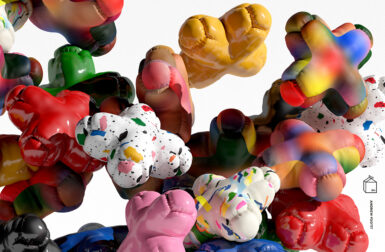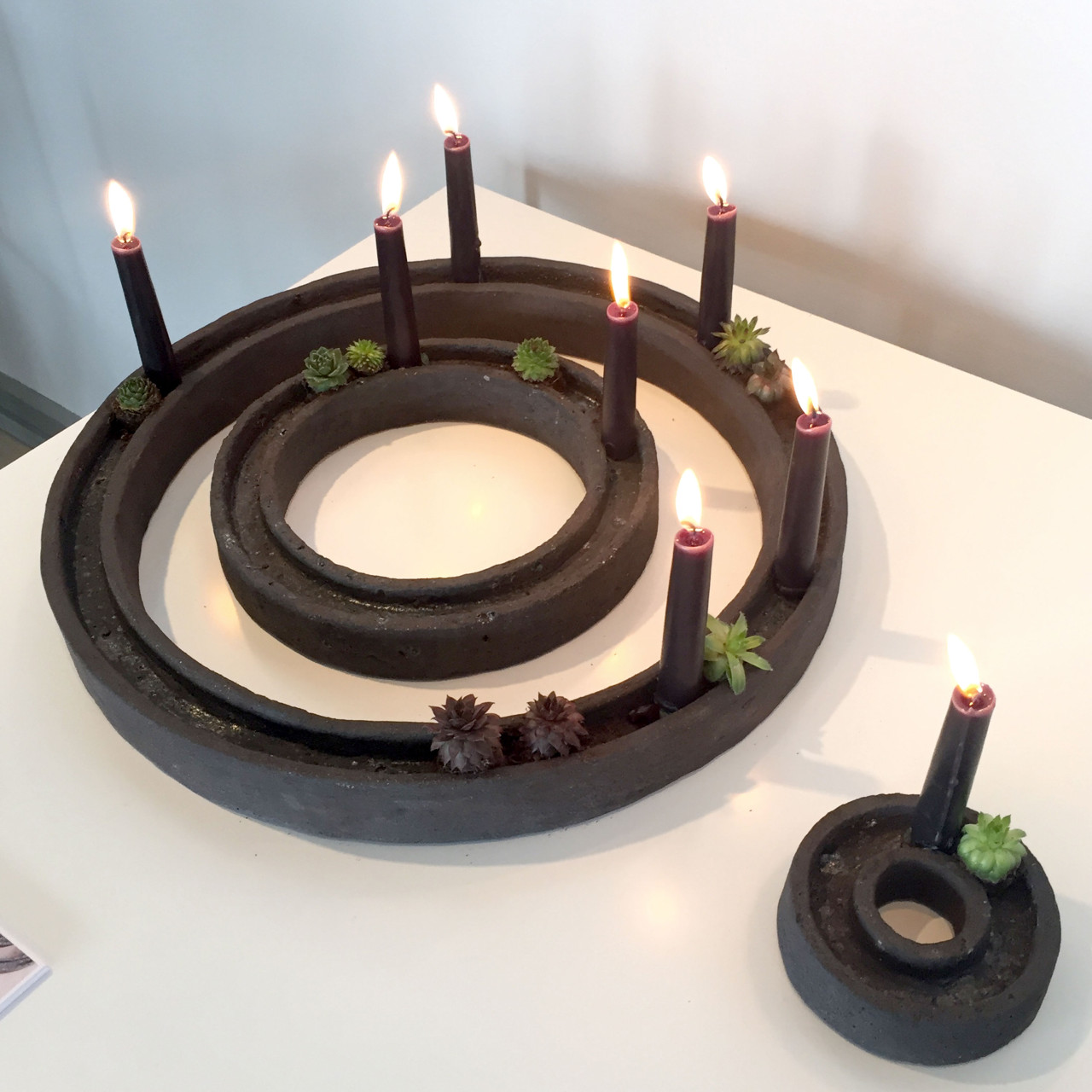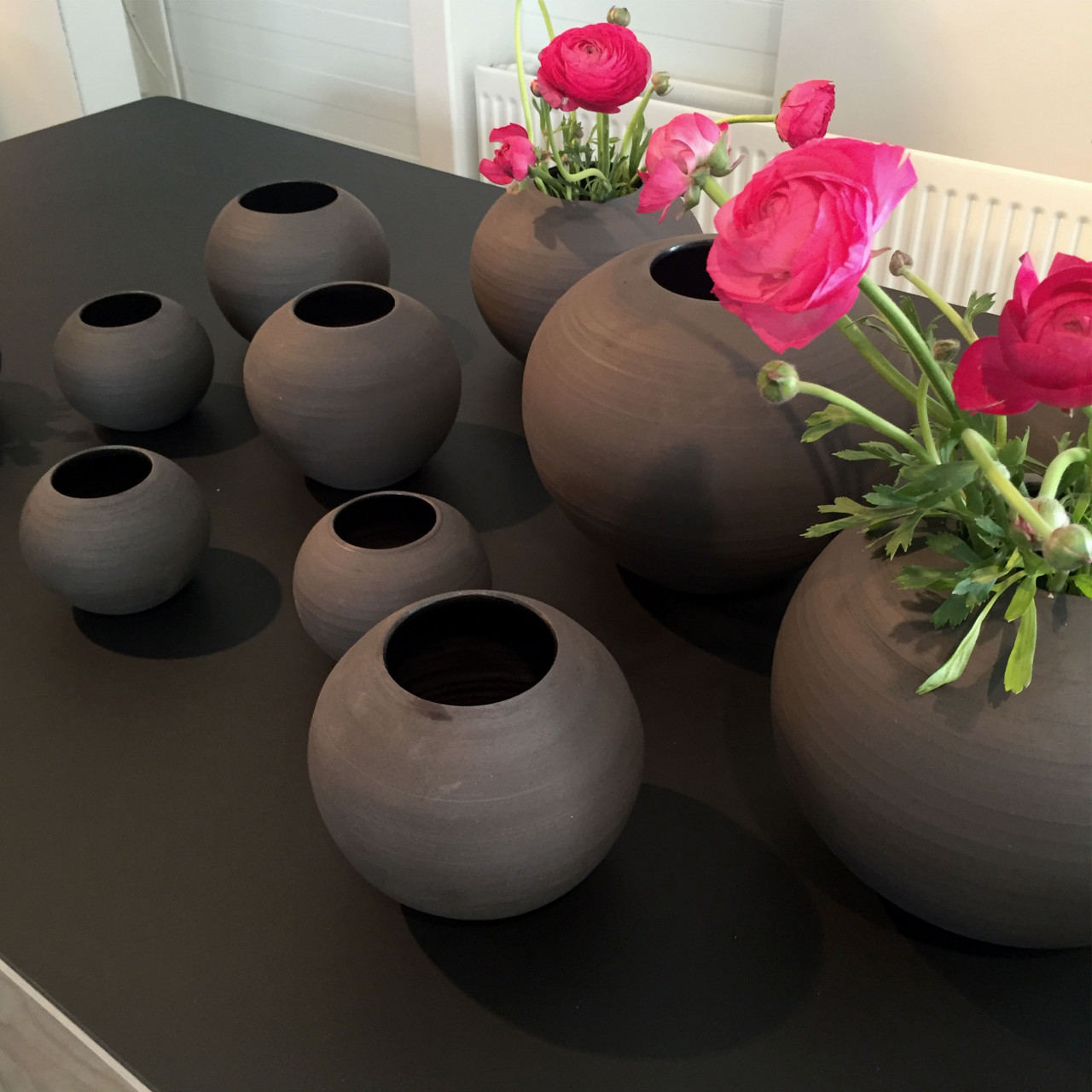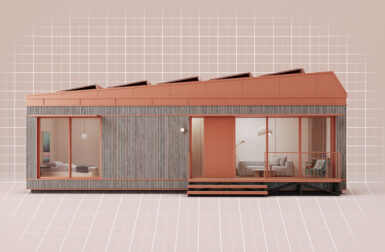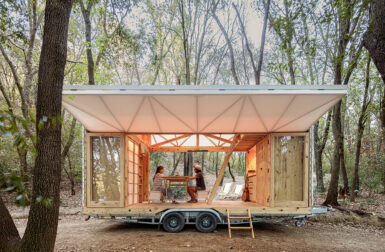Born out of the financial crisis, which saw the systemic failure of Iceland’s banking system and the imprisonment of many of the country’s bankers, DesignMarch has been celebrating both local and global design since 2009. The main focus of the event is a one-day conference, entitled Design Talks, but there were plenty of objects to be found, too. ‘Baugar’ or Halos (above) are candleholders made of black clay and molten lava by Reykjavik-based ceramicist Guðný Hafsteinsdóttir.
Postulina is a collaboration between interior designer Ólöf Jakobína Ernudóttir and ceramicist Guðbjörg Káradóttir. Their hand-thrown ‘9’ collection comprises vases inspired by images of orbs and ideas about the theoretical ninth planet in our solar system. “One can easily imagine that from the lifeless terrain of such a planet, life can shoot up like a flower from the desert,” say the designers, “in just the same manner that is sometimes the case on the black beaches on the southern coast of Iceland.”
Dora Hansen’s Tindur (Peak) light shade was part of an exhibition of products made from driftwood – an alternative source of timber for the active volcanic and geological island, which has very few trees of its own.
1+1+1 is an elaborate game of “consequences” between three designers from three countries: Hugdetta from Iceland, Petra Lilja from Sweden, and Aalto+Aalto from Finland. Each designer makes an object in three parts – in this case a mirror – and then the parts are switched to create an end product over which none of the designers has full control. Their four projects to date were all on show at Reykjavik Gallery Spark Design Space throughout March.
Society of Things produced this oversized knitted rug – perfect for the chilly March weather. Icelandic sheep wool has unique characteristics due to the lack of cross-breeding since sheep were brought to the island with the first settlers. Their fleece has two coats, a long water-resistant outer coat called tog, and a soft shorter coat called thel. They can be used separately, or combined to make lopi. The original unspun lopi has been used for knitting since 1900.
A collaboration between the Reykjavik School of Visual Arts, which offers a two-year diploma in ceramics, and German porcelain manufacturer Kahla resulted in this experimental tableware showcased at Reykjavik design store, Kokka, which also stocks products from previous collaborations put into production by Kahla.
This wall mirror is by Icelandic design brand Further North and is made in Iceland from locally sourced materials. “We are all about locally made objects. We like to keep things close to home and simple, and if the material comes from our nearest surroundings, even better,” says founder Audur Gná Ingvarsdóttir. “We depend on the skills of local producers in the making of our line of home accessories by Further North.”
The Stefnir platters by bybibi are made from lava, marble, gabbro, and basalt. “Stefnir is a plate and that helps you take your food into playful new directions,” says designer Sigríður Hjaltdal Pálsdóttir. They were presented as part of a design collective called North Limited formed by Pálsdóttir with Guðrún Valdimarsdóttir and Þórunn Hannesdóttir and based in the heart of Reykjavík.
And finally, Emilia Borgthorsdottir’s Vitar candlesticks were inspired by Iceland’s lighthouses. “Growing up on a volcanic island in the middle of the North Atlantic ocean has always been an important inspiration for my work,” she says.

